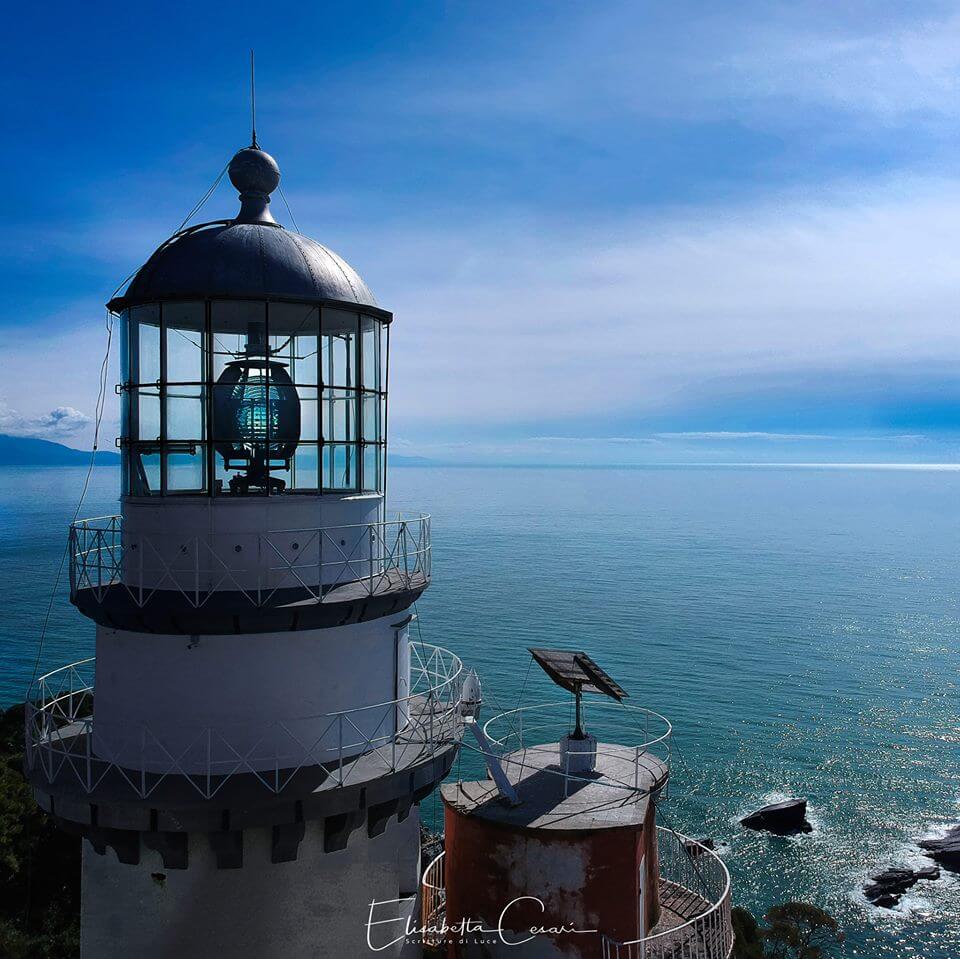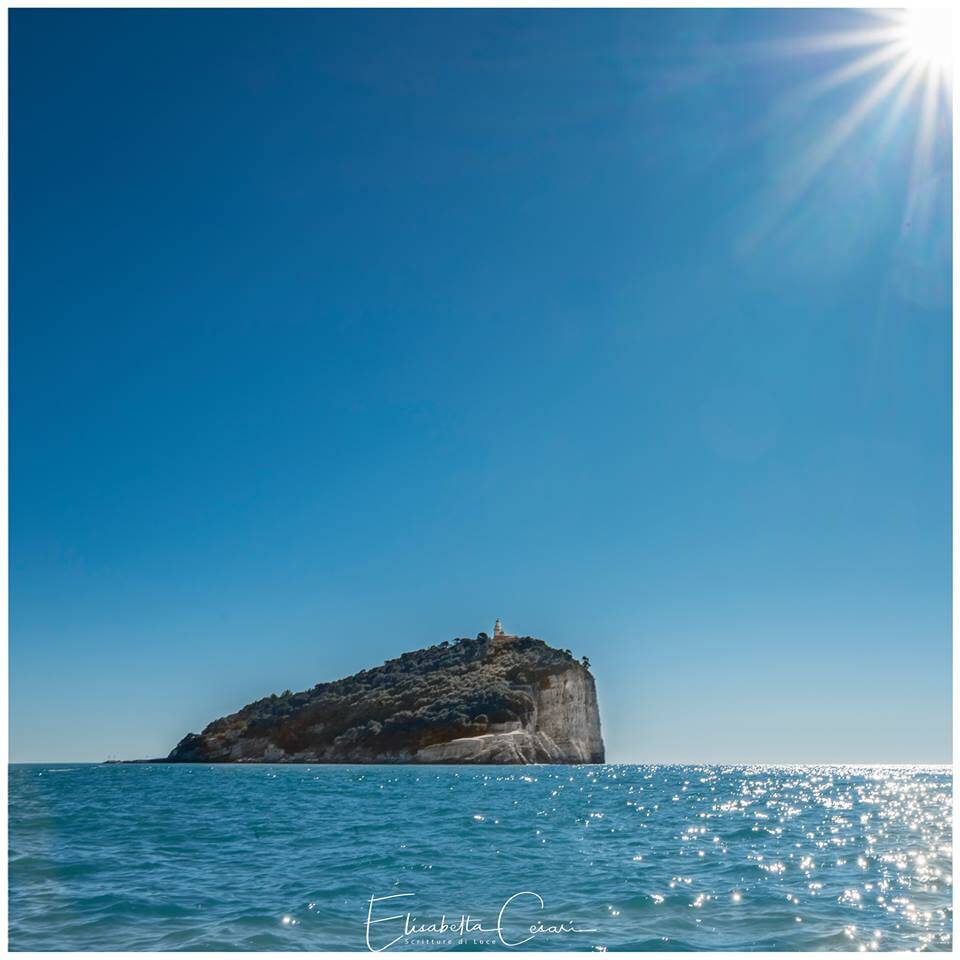Tino Island is a military space that is usually closed to visitors. But every year in September, on the occasion of the San Venerio Festival (13 September), it opens its frontiers to the public.

San Venerio was a hermit monk in the monastery that once existed on the Island of Tino. On dark nights, he used to light up a bonfire to help traveling ships orientate themselves in the Gulf of Poets.
San Venerio was born on Palmaria Island in 560 circa and died on Isola del Tino in 630. Today, he is the Patron Saint of the Bay of La Spezia and the Protector of lighthouse keepers.
Tino Island is a UNESCO World Heritage Site along with Portovenere, the islands of Palmaria and Tinetto, and Cinque Terre.
Reported in medieval maps with the name of Tyrus Maior, the island of Tino has a surface area of approximately 130,000 m2 and a perimeter of almost two kilometres.

The iconic 19th-century lighthouse stands on the island’s top, 122 metres above sea level. It is a neoclassical fortified construction that has changed numerous times over time. It today represents an example of the transition between the military structures of the French school and the more recent fortifications of the 19th century.
In the northern part of the island are the ruins of the monastery of San Venerio. On the northwest tip is the Ronca Battery, a military fortress built in the 1920s as part of the fortified system of the Gulf of La Spezia. A chapel was built in the 7th century on the site where the body of San Venerio was found, and it was transformed into an abbey in the 11th century. There is also a tiny museum (accessible on the occasion of the feast of S. Venerio) with archaeological objects found in the area, including amphorae, fragments of lamps and coins from the Roman era.

The absence of people has allowed for the natural development of lush vegetation on Tino Island. Among the plant species, we can find holm oaks that reach up to 25 meters in height, sea fennel, maritime cineraria, candelabra tree, horned poppy, broom, Hottentot fig, red valerian, thyme, myrtle and rosemary.
You can spot the Tarantolino, the smallest Italian gecko and an endemic species, and the wall lizard among the island’s dry-stone walls. Herring gulls and peregrine falcons populate the skies.
San Venerio 2023 dates and how to visit Tino Island
In 2023, the Festival will honor the patron saint by allowing public visits on Tino island on the weekend of 16 and 17 September, while La Spezia will host religious celebrations and a conference about Tino’s history on 11 and 12 September.
Visit www.navigazionegolfodeipoeti.it to read about the boat schedules and to buy your tickets.
2 Comments